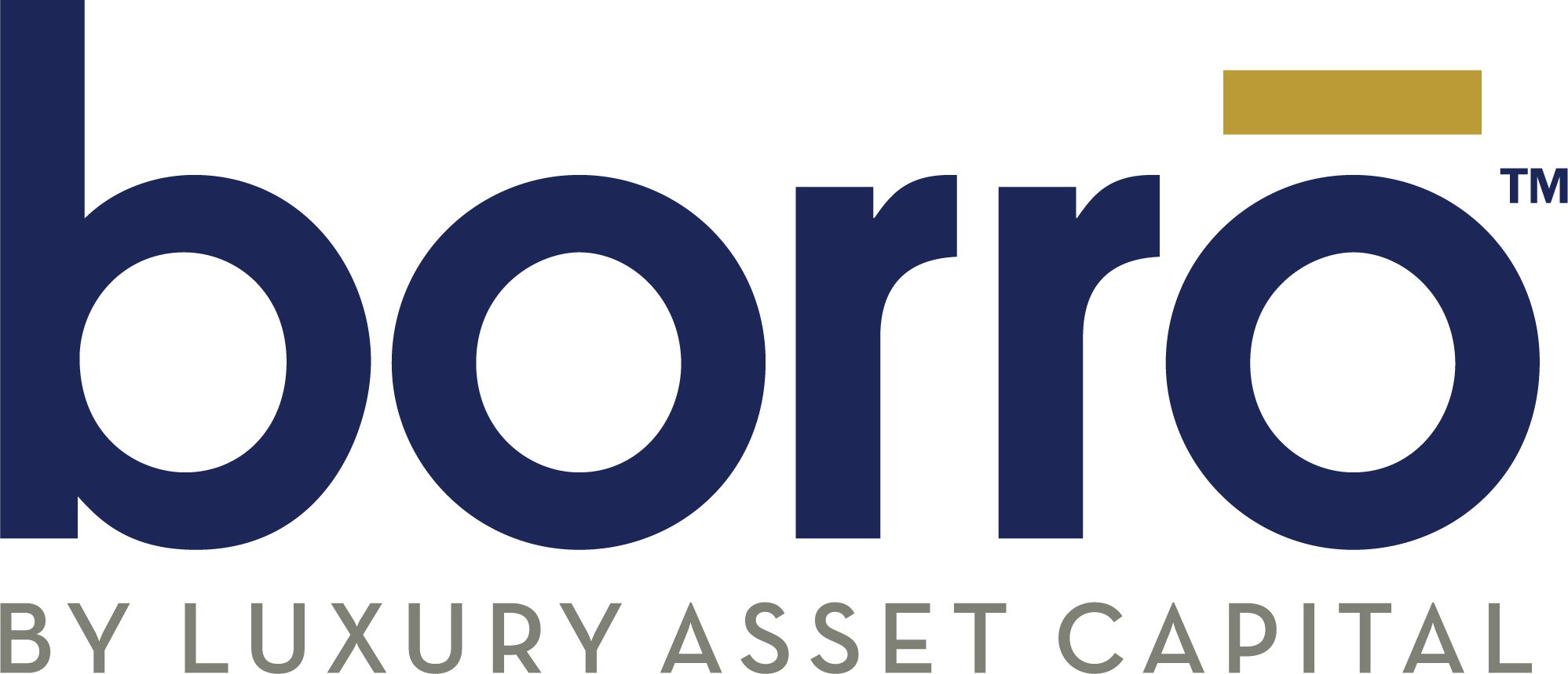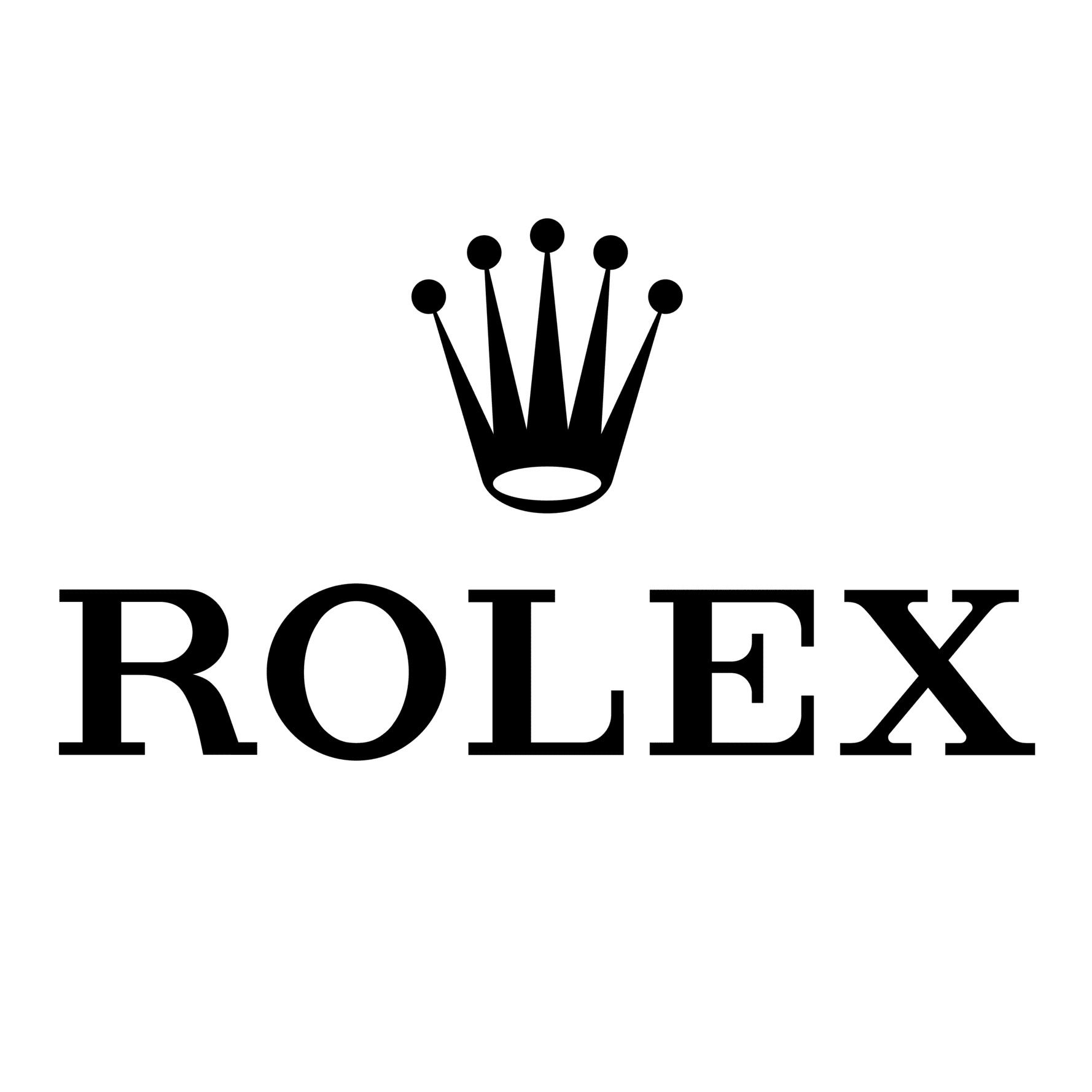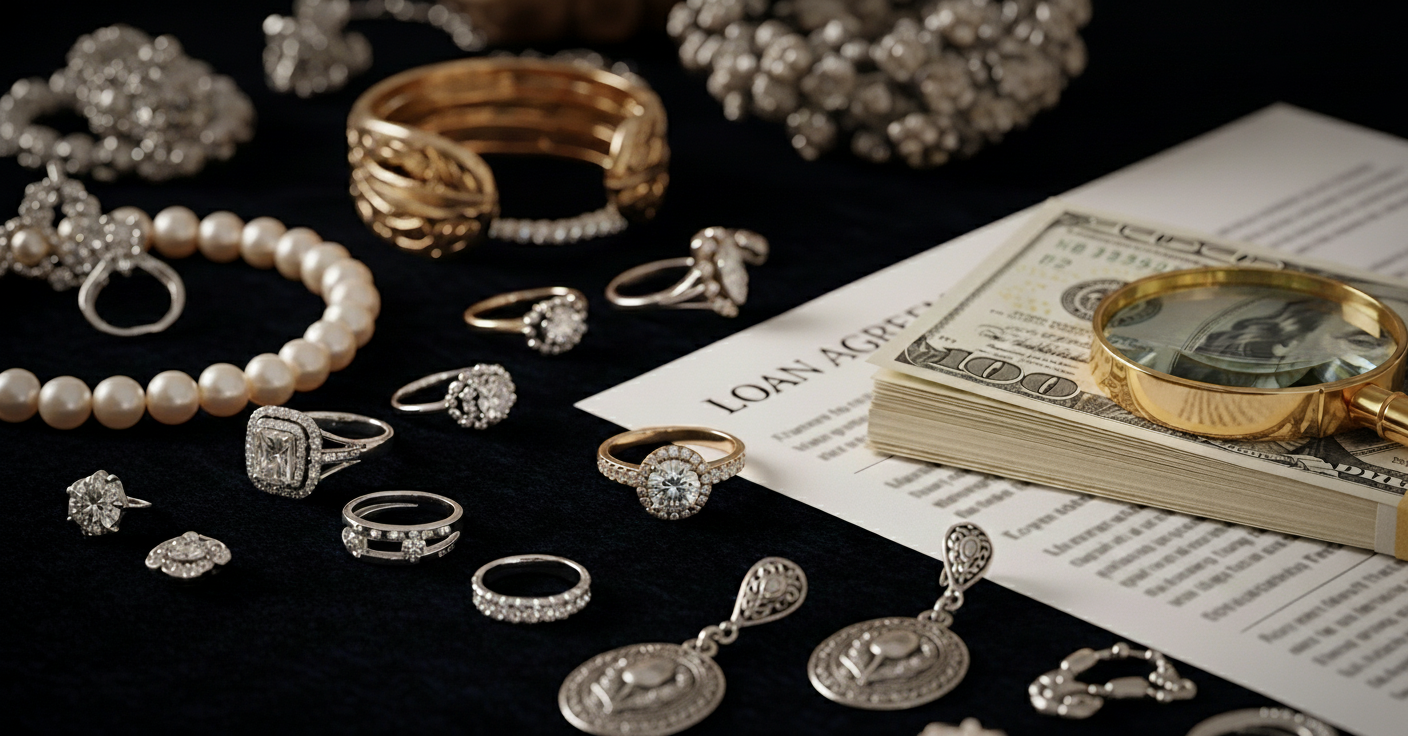Introduction
Investing in luxury wine collectibles has become an increasingly popular option for investors looking to diversify their portfolios. Not only does it offer the potential for financial gains, but it also allows enthusiasts to indulge in their passion for wine. In this comprehensive guide, we will explore the world of luxury wine collectibles and provide valuable insights on how to navigate this unique investment opportunity.
The Appeal of Wine as an Investment
Historical Performance
Wine has a long history of delivering impressive returns for investors. Over the years, certain bottles and vintages have appreciated significantly, outperforming traditional investment assets. This track record has attracted the attention of both seasoned investors and wine enthusiasts alike.
Tangible Asset with Intrinsic Value
Unlike stocks or bonds, wine is a tangible asset that holds intrinsic value. Each bottle represents a piece of art crafted with care and expertise. This physicality and limited supply contribute to the allure of wine as an investment, making it a highly sought-after collectible.
Diversification Benefits
Investing in wine provides diversification benefits to a portfolio. As an alternative asset class, it has a low correlation with traditional financial markets, such as stocks and bonds. This means that wine can act as a hedge against market volatility, potentially reducing overall portfolio risk.
Understanding the Wine Market
Fine Wine Indices
To gauge the performance of the wine market, investors rely on fine wine indices. These indices track the price movements of select wines over time. Examples include the Liv-ex Fine Wine 100 Index and the Wine Spectator Index. By analyzing these indices, investors can gain insights into market trends and make informed investment decisions.
Factors Driving Wine Prices
Several factors influence wine prices, and understanding them is crucial for successful investment. Factors such as brand reputation, vintage quality, scarcity, and critic ratings all play a significant role in determining the value of a particular wine. Investors must conduct thorough research and stay updated on market dynamics to identify wines with strong investment potential.
Navigating the Wine Investment Landscape
Building a Wine Portfolio
A well-diversified wine portfolio is key to mitigating risks and maximizing returns. Investors should consider various factors when constructing their portfolios, including wine region, grape variety, producer reputation, and investment time horizon. By carefully selecting a range of wines, investors can spread their risk and capture the potential upside of different segments of the market.
Storage and Cellaring
Proper storage and cellaring are essential for maintaining the value and quality of wine investments. Factors such as temperature, humidity, and light exposure can significantly impact a wine’s condition. Investors should ensure that their wines are stored in suitable conditions or consider utilizing professional storage facilities to safeguard their investments.
Valuation and Authentication
Accurate valuation and authentication are crucial when trading or selling wine. Investors should work with reputable wine merchants or professional valuation services to ensure they receive fair market value for their investments. Additionally, investing in provenance and authenticity verification can help mitigate the risk of counterfeit wines.
Risks and Considerations
Market Volatility
Like any investment, wine carries inherent risks. Market volatility, changing consumer preferences, and economic downturns can all impact wine prices. Investors should be prepared for fluctuations in the wine market and have a long-term investment horizon to ride out short-term fluctuations.
Liquidity
Wine investments are relatively illiquid compared to traditional financial assets. Selling wine may require time and effort to find suitable buyers. Investors should carefully consider their liquidity needs and be willing to hold their investments for the long term.
Counterfeit Wines
The risk of counterfeit wines is a significant concern in the luxury wine market. Investors should exercise caution and conduct thorough due diligence when purchasing wines. Working with reputable merchants and conducting authenticity checks can help mitigate this risk.
Conclusion
Investing in luxury wine collectibles offers a unique blend of financial opportunity and personal enjoyment. By understanding the wine market, building a diversified portfolio, and being aware of the risks involved, investors can navigate the world of luxury wine collectibles with confidence. Remember, wine investment requires careful research, patience, and a passion for the art of winemaking. Cheers to the exciting world of wine as an investment!



